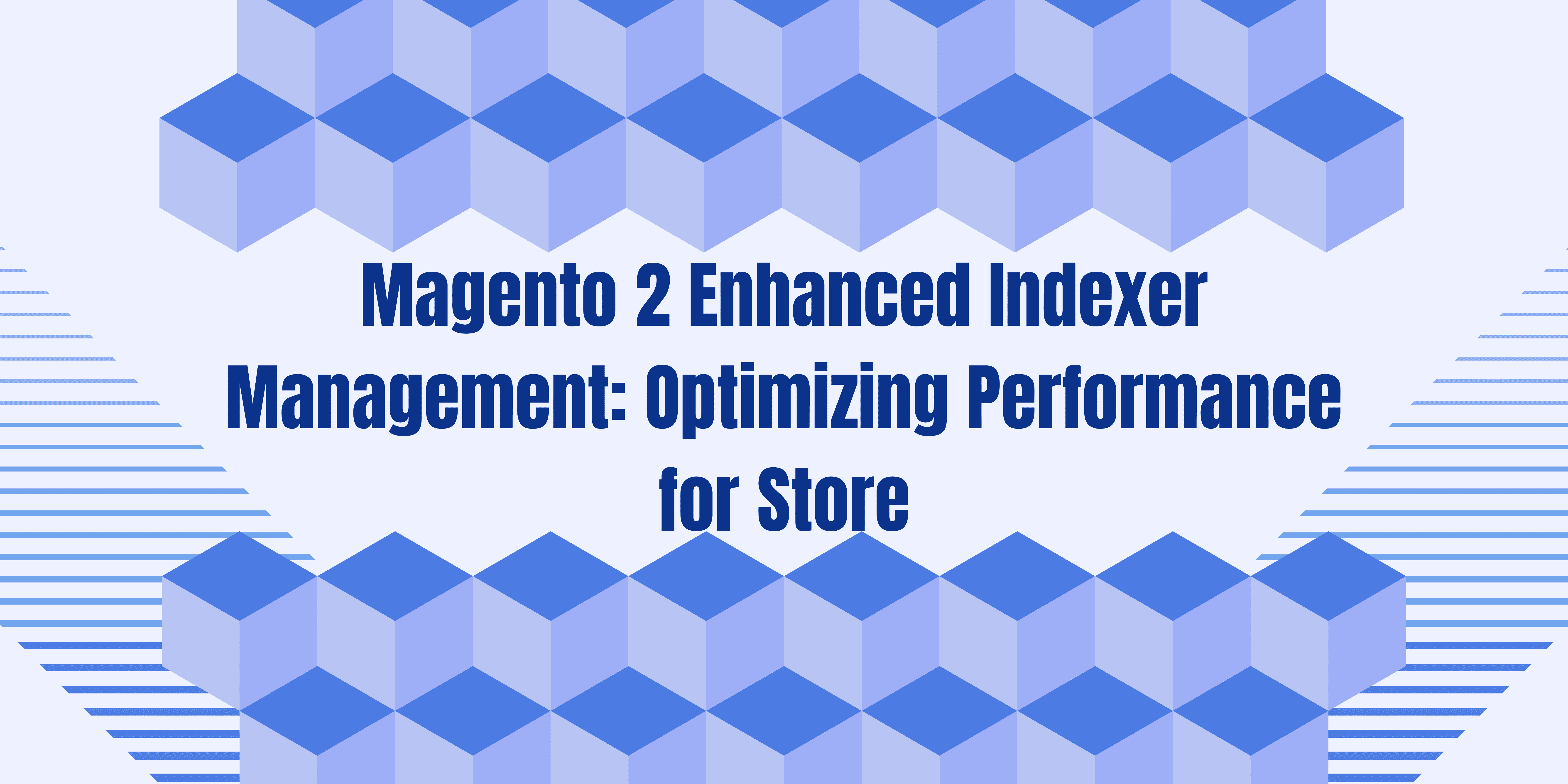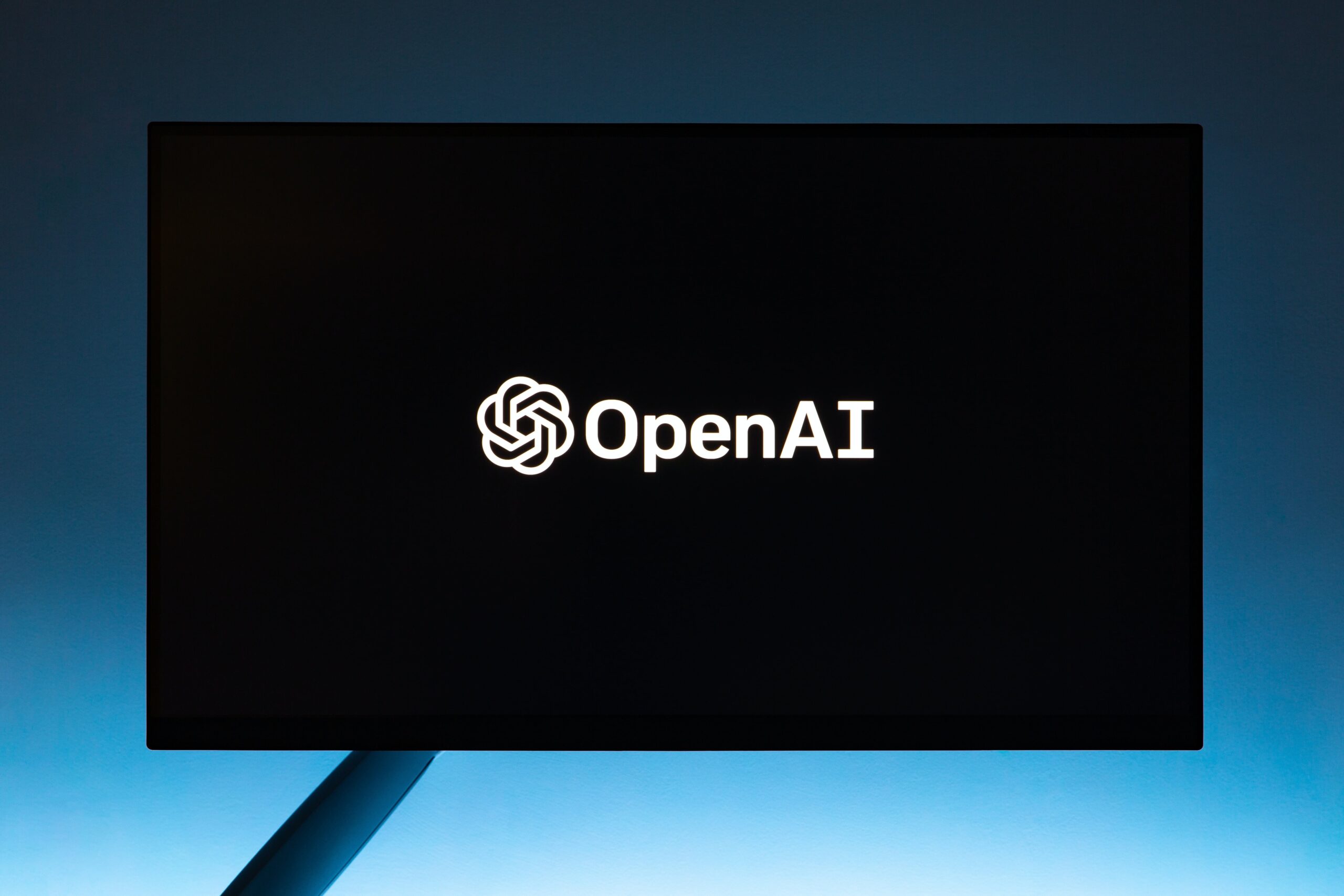React Js interview questions for experienced: React JS coding tests are common in technical interview to assess the candidate’s efficiency. These coding tests not only evaluate your understanding of the React’s basic concepts but also evaluate your problem solving skills & ability to write clean, efficient code. Below are some specific react JS coding test questions and answers:
React JS is a JS (JavaScript) library developed by Facebook to create user interface, especially for single-page applications. React popularity stems from its component based architecture, virtual DOM implementation for efficient rendering & strong community support.
- ReactJS offers several major features, including:
Virtual DOM: Enables efficient rendering by updating only the converted components.
Component-based architecture: Encourages reusable & modularity by breaking UI into small, managing components.
JSX Syntax: Allows developers to write HTML as code within JS (JavaScript) files, increasing readability & productivity.
Unidirectional Data Flow: Provides predictable status management & debugging.
React components are reusable building blocks that incorporate a part of UI argument & functionality. While HTML elements represent stable material, the react components can be dynamic, and interactive & incorporate their status & behavior.
In React, the state refers to the internal data of a component that can change over time. Props is immutable data passed to Child components from the parent. The state is managed internally by a component, while the props are passed by the original components.
In React Js Controlled components are those whose value is controlled by the react state. The change in the component trigger the update in the state, which in turn represents the component with an update value. On the other hand, uncontrolled components manage their position internally without the intervention of reaction.
Keys are special features used by React to identify which items in the list have changed, added or removed. They help the react efficiently update the DOM by reducing the re-render & maintaining the component position.
React hooks are functions that enable developers to use state & other react facilities in functional components. They provide simple way of managing component status & side effects than class components and promote a more functional programming style.
React router is a popular library to handle routing in react applications. This allows developers to define the routes & their related components, enabling navigation among different scenes within a single-page application.
Pre-renders the react components on the server-side rendering server and sends the client fully rendered HTML, improves the initial page load time & enhances the search engine optimization (SEO).
React applications include several strategies in performance optimization, including:
- Memorial: Remembering expensive calculations using useMemo & useCallback hooks.
- Code partition: Dividing large bundles into small pieces to reduce initial load time.
- Virtualization: Efficiently submitting large lists using a library like React-Virtualized.
- Profiler API: Identifying performance barriers using React Profiler API and customizing component rendering.
Common pitfalls in react development include:
- Do not use keys in lists: Ineffective DOM updates and causes potential rendering problems.
- Excessive use of setState: Triggers unnecessary re-render & can affect performance.
- Mutating state directly: This can lead to unexpected behavior & difficult to debug issues.
- Do not handle asynchronous operations properly: This can result in race status & inconsistent UI status.
You can also read: Best Front end Languages in 2024
Preparing for the React.js interview as a newbie can be both exciting & challenging. React JS is a popular JS library used to create user interfaces & employers often look for candidates with a strong understanding of its basic concepts & principles. To help succeed in your React Js Interview Questions for experienced and fresher, here are some of the necessary questions prepared for new people:
React JS is an open-source JS library that is maintained by Facebook to create user interface, especially for single page application. This enables developers to create an interactive UI component that is efficiently updated in response to data changes.
React.js offers many major features, which include virtual DOM for efficient rendering, component-based architecture for reusable UI elements, JSX syntax, and unidirectional data flow to mix HTML with JavaScript & forecasted state management for efficient rendering.
JSX is a syntax extension for JavaScript that allows developers to write code like HTML within JS files. This simplifies the process of making the react element & increases code readability.
React JS has a reusable building block for a component user interface. It covers the UI element’s argument, structure & style, making it easier to manage & maintain the application code.
The state in React JS programming represents the data that can change over time within a component. This enables components to manage their internal status and re-present UI elements, providing dynamic & interactive user experiences based on state changes.
The state is internal for a component and can be modified using a setstate() method, while the props are passed from parent component to child components and are immutable within the child components.
setstate() is a method used in React.js to update the state of a component. When applied, it triggers the component and the re-presentation of its children with an updated situation, which shows the change in UI.
Lifecycle methods are special methods which are applied at specific points during the lifetime of a React JS component, such as when it is mounted, updated, or unmounted. They allow developers to perform actions like starting the situation, receiving data & cleaning resources.
Components controlled in React JS are components whose behavior is controlled by the react js state, while uncontrolled components maintain their internal status. Controlled components provide better control & synchronization with the React state.
Forms in React.js can be controlled by using components, where forms are connected to the inputs react state, allowing real time verification & updates. Alternatively, you can use uncontrolled components or third party libraries for form management.
Conclusion on reactjs interview questions and answers for experienced | react js coding test questions and answers:
These React Js interview questions for experienced cover a series of usually discussed topics during the interview. Be sure to understand concepts well and be ready to demonstrate your practical knowledge and problem-solving skills during interview.














